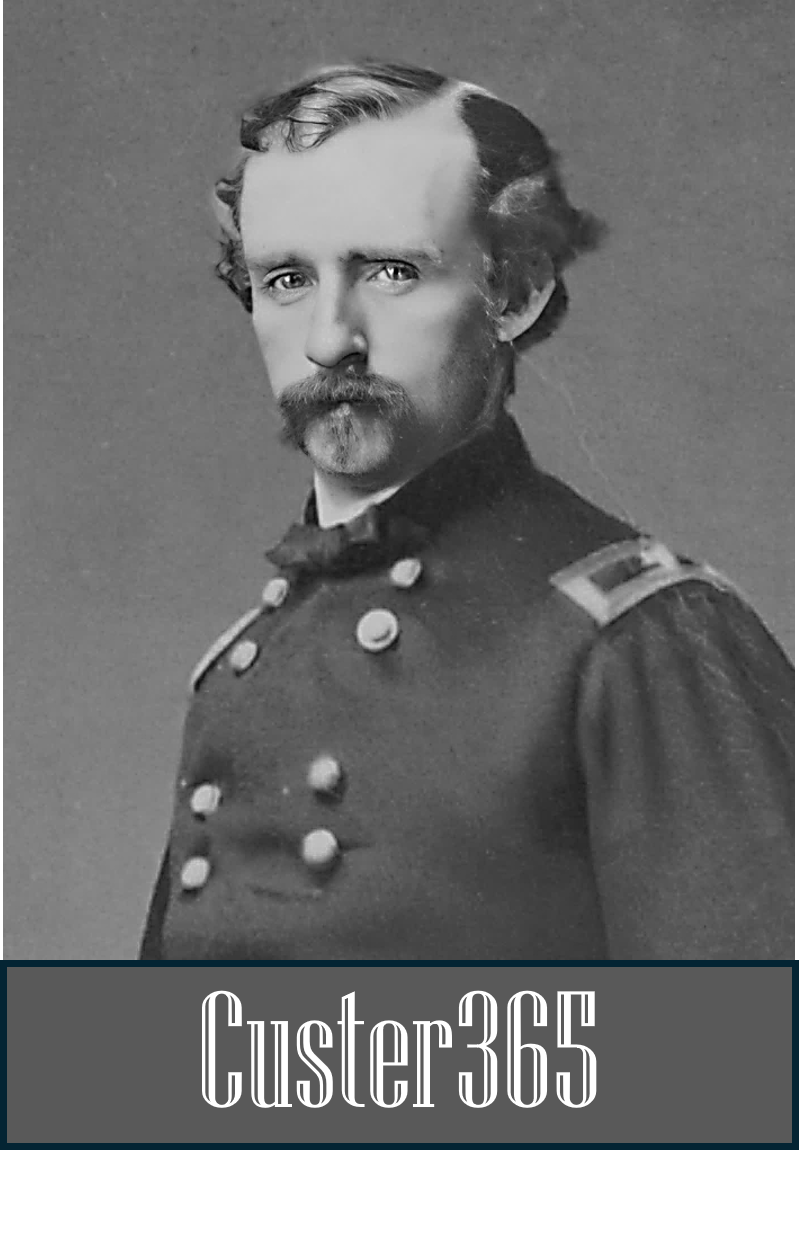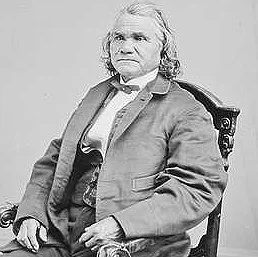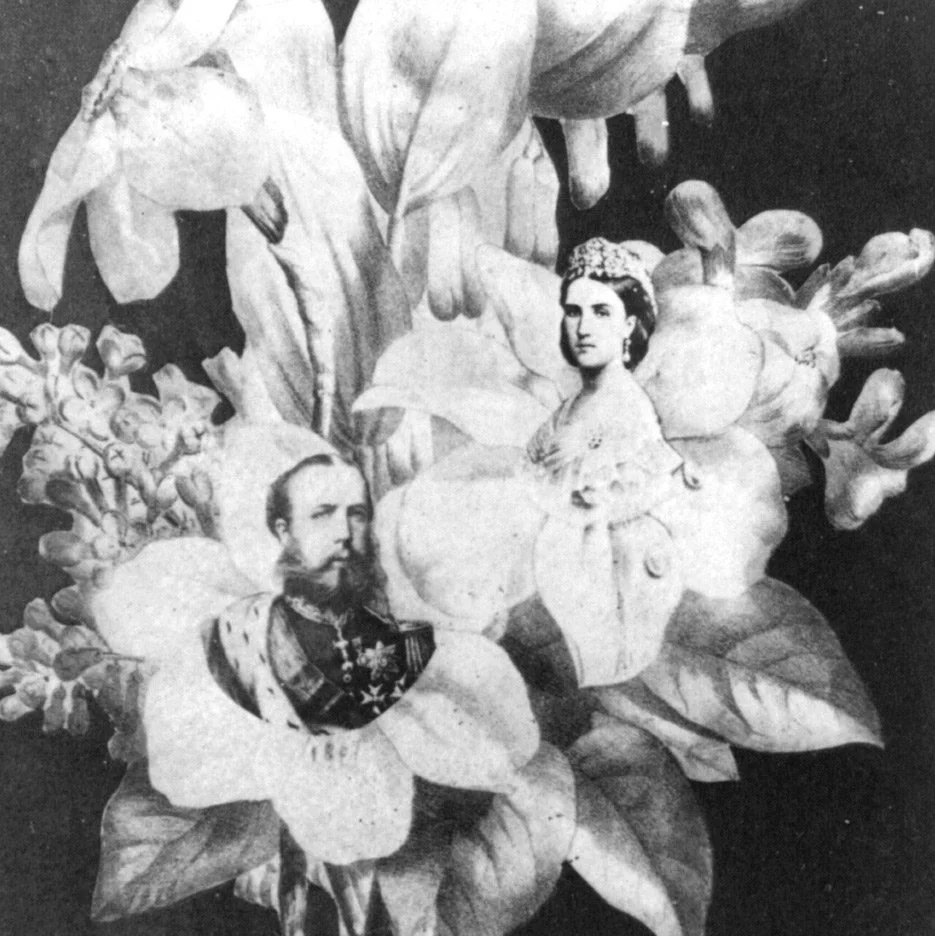AUG 8: On to Texas
On Aug. 8, 1865, Brevet Major General George Custer and approximately 4,000 Union occupation troops depart Alexandria, Louisiana for Texas as part of Reconstruction efforts following the Civil War. Their objective was to suppress any remaining Confederate militias in the state and restore order.
When Gen. Robert E. Lee surrendered his Army of Northern Virginia, the main Confederate Army in the East, at Appomattox Court House in Virginia on April 9, 1865, the war was supposedly over. But further south there were several Confederate generals and units that refused to surrender.
Confederate General Kirby Smith headed the Confederacy’s Trans-Mississippi Department and still had troops positioned in Texas and parts of Louisiana. Confederate General Stand Watie was still directing units in the state of Arkansas.
Custer was assigned to command Union occupation troops in Louisiana at about the same time.
Emperor Maximilian and Empress Carlota of Mexico. (Credit: Library of Congress)
Fearing the Confederate forces would move entirely into Texas and consolidate into Mexico under Emperor Maximilian, Major Gen. Philip Sheridan ordered Union occupation troops into Texas.
Before Custer was ready to move out of Louisiana, Smith formally surrendered his forces in Galveston, Texas, on June 2, 1865. Stand Watie, a Cherokee leader and the last Confederate general to surrender, called it quits officially on June 23,1865, in Indian Territory (now Oklahoma.)
Custer’s brother, Lt. Tom Custer, joined him and his wife Libbie in Texas, first in Hempstead and then in Austin.
According to the Texas State Historical Association, “during five months in Hempstead and Austin, (Custer) alienated many in his command by strict enforcement of regulations prohibiting foraging and other army predations, while winning the gratitude of many Texans.”
Custer recommended that the army retain control of Texas until the government was “satisfied that a loyal sentiment prevails in at least a majority of the inhabitants.”
Libbie Custer included in her 1887 memoir, “Tenting on the Plains,” a “charming account of their stay in Texas.” Custer’s headquarters in Austin was at the Blind Asylum, located on the “Little Campus” of the University of Texas.




